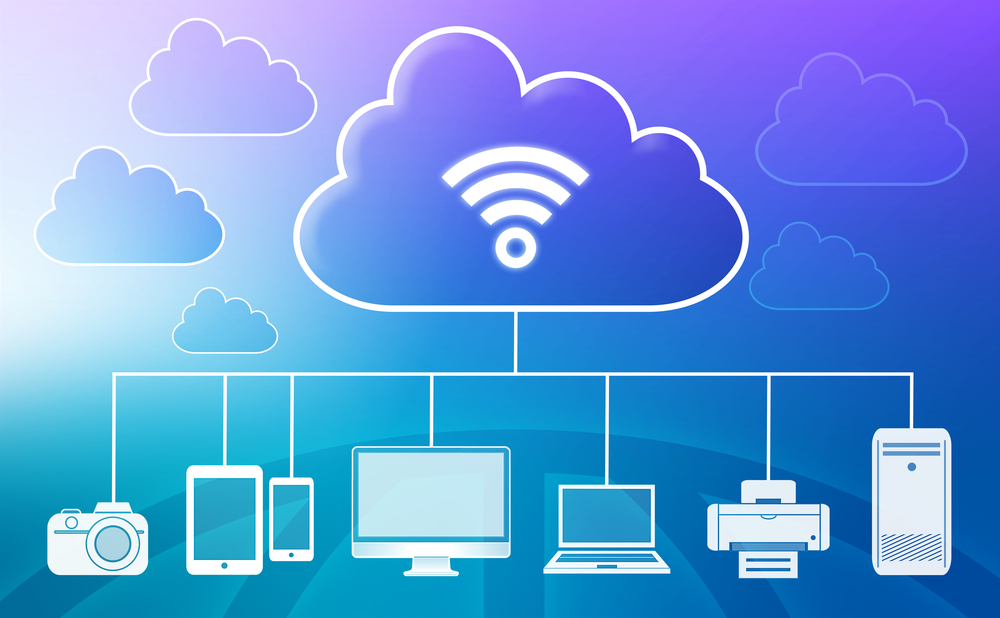There have been many technological breakthroughs in recent years, with the advancements having a multiplicative effect.
With every leap forward, the next leap becomes a little easier. As online connectivity changed the way people communicate and do business, a trend has emerged – people are using multiple devices to complete similar tasks.
The home computer has given way to slim and travel-friendly laptops. In the last decade, the mobile revolution changed the way websites were designed, content was accessed, and basic things like storage were thought about.
Cloud storage has been a prominent concept in technology for a long time, but it’s only recently begun to see widespread adoption. A combination of technological breakthroughs in the area of cloud technology and increased demand for better storage options have helped cloud storage thrive.
Being able to access the cloud on multiple devices makes it easier for people to use technology without frustrating barriers. It becomes easier to share information across devices for one user or even multiple users within a group setting.
Why Access the Cloud on Multiple Devices?
The cloud changed the way people thought about storage, and one of the most important aspects of storage – retrieval.
When people store their files, they want to ensure they will be safe and readily accessible. But how they access them is a different story for each person. Some people may only work on their home computer or notebook, limiting them to a hard drive. But those who switch back and forth between multiple systems may need a different way to manage their data storage and retrieval needs.
Storing information on the cloud means a person isn’t forced to limit themselves to a single device. The cloud has largely replaced external storage drives. Though not obsolete yet, external drives are cumbersome when compared to their cloud counterparts.
The cloud can make it easier for businesses to complete projects, for students to stay up on their work, and even for a person to have full access to their photo, music, and video libraries from any connectable device.
Cloud software can be accessed on various devices, meaning that there is a lot of commercial software that utilizes this technology. There are various types of cloud storage devices, and many interfaces designed specifically for use with the cloud.
Cloud Technology Offers Plenty of Possibilities
Whether a person is looking to access Adobe Creative Cloud on multiple devices or sync files between multiple devices in iCloud, there are many cloud-service providers out there. Any file that could be stored on a hard drive, memory card, or external storage device could also be placed on the cloud.
This means it could be accessed by one user or many, so long as the creator of the file grants them access. Cloud systems have evolved to use a complex system of file permissions, allowing people to save files on the cloud and make them accessible to other people on their own devices in different locations.
When you can connect multiple devices with the cloud, it makes it possible to do group projects much more easily. It could be something for a school project or a task for a commercial business’s team. In either cases, users can all have access to the files they need, while always ensuring they will be updated with accuracy and easy to retrieve.
A person may use the iCloud to backup multiple devices. Many people have their preferred cloud provider back up the majority of their system’s main and crucial files, helping it function as a recovery partition of sorts.
Cloud Can Replace Various Technologies
Cloud technology has created many different options for storing and accessing data. It’s also helped users overcome many limitations of popular technology.
Files too large to attach to an email? Need to access work files on a mobile? Moving everything from one computer to another? The cloud can be helpful in all of these situations. The ability to connect multiple devices to a single storage-center means easier access to files with fewer compatibility problems.
Just as software suites have always come with computers, many new devices come with a free amount of cloud storage. This is usually bundled with the operating system. The cloud is even used by OS developers to save user’s settings so they can be easily imported into new devices.
The cloud can be thought of as an advancement on the concept of computer storage. When it comes to situations where multiple devices are involved, storage like this can greatly simplify things. It doesn’t matter whether the need is personal or professional – cloud storage is a major asset for connecting multiple devices.

